While there are similarities between Customer Data Platforms (CDP) and Customer Relationship Management (CRM) platforms, they are two distinct technologies that can absolutely complement each other in integrating sales and marketing teams.
CRMs began revolutionizing Sales organizations in the mid-1990s. Adoption was swift as business-to-business (B2B) sellers learned the benefits of recording the many interactions with clients and prospects that led to a sale. CRMs made sellers more efficient by organizing and tracking contact data, meeting notes, opportunities, as well as new leads automatically captured from website form submissions, support tickets, and more.
|
CDP |
CRM | |
| Data Unification / ID Resolution |
X |
|
| Persistent ID |
X |
X |
| Real-Time |
X |
|
| Data-driven Executions |
X |
X |
| Cross-channel Personalization |
X |
|
| First-Party Data |
X |
X |
| Marketing automation |
X |
X |
| Requires IT Support |
X |
X |
|
Primarily a Marketer’s Tool |
X |
A seller can reference this data as they work to develop a relationship with a prospect. A customer success team can also use the CRM to quickly gauge how many support tickets a client has submitted and how well those tickets got resolved. This can be used for tailored follow-up communications to keep that customer happy and engaged with the product.
A Marketer’s Tool
While CRMs were designed primarily as Sales tools, CDPs are built with marketers in mind. By automatically centralizing data from your website, email system, point of sale, and more, you get a full picture of your users throughout the entire multi-touch buying journey. Even better, you can then use behavioral data to optimize campaign performance.

The goal of a CDP is to manage and understand all customer data to make high-level business decisions. CDPs do this by gathering data from every customer touchpoint – everything from ads to website traffic, to points of transaction, to in-product user behavior – in one place. This data is then used to produce a single view of the customer through a process called identity resolution or authentication. Marketers can use this unified view of the customer to understand which tactics are effective or to personalize things like drip email campaign messaging. Sales can leverage CDP data to run highly personalized account-based selling. Leadership can also calculate the overall cost of acquisition and the lifetime value of each customer.
Managing Data
CRMs are a response to the need for a centralized record of interactions between the customer and the people who represent the business. This central record is something anyone can reference, but it’s mainly used when a customer-facing employee needs to be briefed on the customer they’re going to communicate with. For the most part, the data CRMs collect is usually manually gathered, highly specific in its purpose, and hard to automate.

In comparison, CDPs are designed to unify data from a fragmented marketing landscape. The data a CDP collects is usually automatically gathered using integrations and code placed on apps and websites. This means you can gather customer data from mobile devices, laptops, the web, and your own software or app into one place, normalize it, and activate against it across multiple channels and marketing executions.
An example of this in action might be a new landing page you just launched. Your marketing team plugs in a JavaScript code snippet to collect data on who the visitors are and what they do on the page. The CDP combines this data with existing customer data to find matches and create new profiles through identity resolution. By the end, you’ll know who your visitors are, if they’ve interacted with your business before, what they did, and why.
To produce these profiles, a CDP collects customer data from many sources, including CRMs. It filters, cleans, and matches siloed data and makes it actionable across many addressable channels and platforms.
Which One is Right for You?
Depending on who is using them and what data is collected, CRMs and CDPs end up serving very different but important purposes. CRMs are for improving the personal interactions you have with your customers. They provide historical data on the relationship between your business and the individual customer to inform future interactions with that customer. CDPs are for understanding your customers and their behavior. They consolidate and manage all customer data across all touchpoints to gain a single, unified view of the customer. In aggregate, these “unified views” of many customers will reveal the entire customer journey.
For most companies the Leverage Lab speaks to, it’s not an either/or decision between CDPs and CRMs. We recommend a CRM if you need to manage customer relationships in a more efficient and personalized way. They’re great for teams of all sizes and can prove invaluable in a pinch. Often businesses will start with a CRM and realize that, while it’s an effective tool, unified data and a 360° view of users is needed.
In that case, we recommend investing in a CDP to build a better understanding who your customers are and how they engage with your business. This provides a broader view of your customers, which you can apply in many different ways—from marketing to product offerings to enterprise business decisions.







